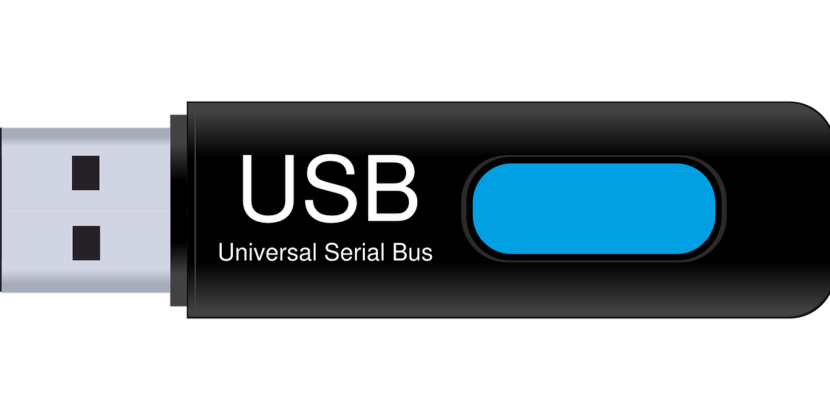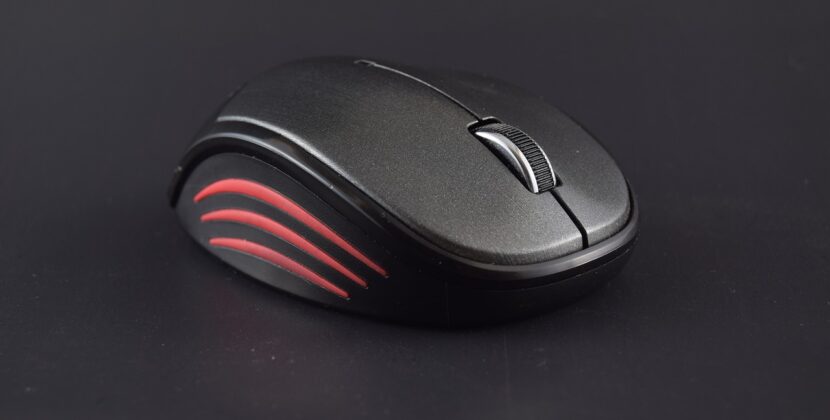
The USB Rubber Ducky is an insidious hacking tool concealed as innocent-appearing USB flash drives, cables and public charging ports. While traditional anti-virus software may miss such attacks on devices directly, physical controls, security training programs and advanced detection tools may reduce risk.
These tools are typically employed during penetration testing and social engineering attacks to harvest essential information and credentials from victims and install malware.
What is a USB Rubber Ducky?
A USB Rubber Ducky is a tool used by hackers that is concealed within a small USB flash drive and works by acting like a keyboard to the computer and entering commands that allow hackers to gain access to passwords, download malware and create backdoors that provide continuous access.
These devices can be employed in penetration testing and social engineering attacks to conduct fast attacks against targeted systems, and execute pre-programmed commands without detection by anti-virus software or firewalls – ideal for gathering crucial and credential information from an organization.
Hackers with creative minds can turn a regular USB thumb drive into their very own rubber duckies by altering its class codes to allow the computer to recognize it as a keyboard and installing apps that let them input scripts for it to do what they wish.
ThreatLocker Endpoint Protection can assist in mitigating such attacks by restricting all USB storage devices by default and only permitting those listed in an Allowlist to connect. This approach also gives IT the power to control what files can be accessed via USB drives – giving them full approval over what gets downloaded.
How Does a Rubber Ducky Work?
Rubber ducky attacks exploit the trust that computers place in USB devices by automatically initiating keyboard input functionality upon plug-in, giving malicious actors access to execute various forms of attacks such as privilege escalation, data exfiltration and backdoor creation.
Devices designed to replicate USB flash drives or dongles may contain a microcontroller and memory, along with a physical USB interface. When connected, computers recognize it as an HID (human interface device), bypassing anti-virus programs which typically search for viruses signatures. Once recognized by computers, their microcontroller is programmed to execute preloaded scripts (also called payloads) which contain keystrokes and commands which can be tailored towards specific goals such as malware execution, file transfer or remote access.
Rubber ducky microcontrollers and memories can also be used to alter device class codes that determine their recognition by systems, bypassing security measures like USB port blockers. Once activated, this payload allows the microcontroller to inject keystrokes far faster than any human could and at rates which would be hard for anti-virus software to detect; even more alarming is its potential ability to gain Command Prompt access by searching for keystrokes typically entered by administrators.
What Can a Rubber Ducky Do?
Plugged into a computer, the rubber ducky acts like a keyboard and executes pre-programmed scripts allowing hackers to gain access to essential and credential data as well as compromise systems and even access critical infrastructure.
This attack is especially powerful because it exploits humans’ trust of USB devices. Furthermore, its quick and simple execution make it popular among cybercriminals.
Even though there are protections in place against this form of attack (blocking open USB ports and enforcing password protection), they can still be bypassed by sophisticated hackers with simple tools like the ducky. Adroit hackers could even transform an ordinary thumb drive into one by changing its class codes so it reads as a keyboard device by changing class codes of its device.
Rubber ducky attacks are highly customizable and can quickly deliver their malicious payload in minutes. Each attack can be tailored specifically to various scenarios and objectives; such as keystroke injection or command execution at set intervals with delay commands that pause the action for specified amounts of time – perfect for penetration testing where an attacker needs to quickly test if their code has been compromised.
How Can You Prevent a Rubber Ducky Attack?
A USB Rubber Ducky attack allows cybercriminals to launch scripts as soon as it’s plugged in, giving them an ideal opportunity to steal sensitive data or penetrate corporate networks – with minimal alertness from IT security services or physical security personnel. Due to this unique form of hardware-based malware evading contemporary cybersecurity paradigms and surpassing current defense mechanisms against it. As such, this threat requires increased awareness and more robust defense measures against it.
Once inserted, the device recognizes itself as a Human Interface Device keyboard rather than as a USB storage device, bypassing anti-virus detection and opening up for attack. It can then send keystrokes directly to its target computer while performing various malicious acts such as installing malware or ransomware, creating administrator privileges or downloading information from it.
Attacks targeting healthcare institutions can be particularly devastating, disrupting services and compromising patient records. To thwart such attacks, robust security measures and employee training in proper IT hygiene should be in place. Additional best practices include using device whitelisting solutions to limit what devices connect to corporate computers as well as rigorous security training and employing endpoint protection solutions that offer protection.
By taking a multifaceted approach to combatting this insidious threat, organizations can effectively combat it. Integrating an advanced security platform, conducting employee-focused training programs and imposing stringent physical access control measures are just three effective strategies that businesses can employ to shore up their defenses against this emerging danger and secure their crucial assets.










